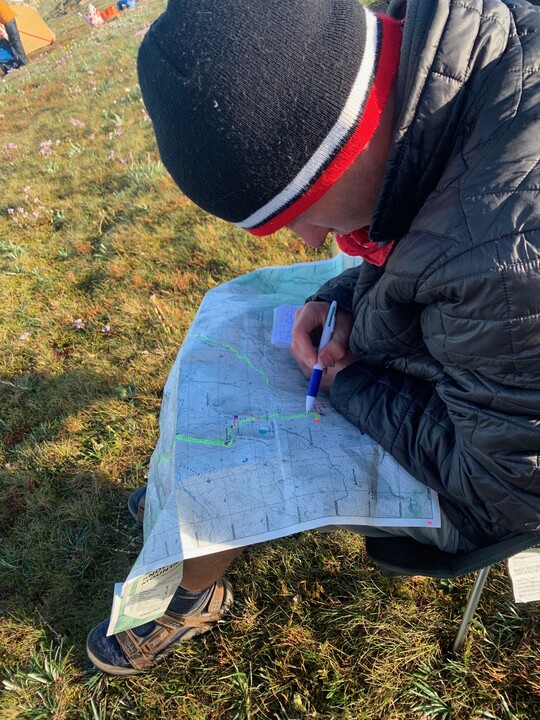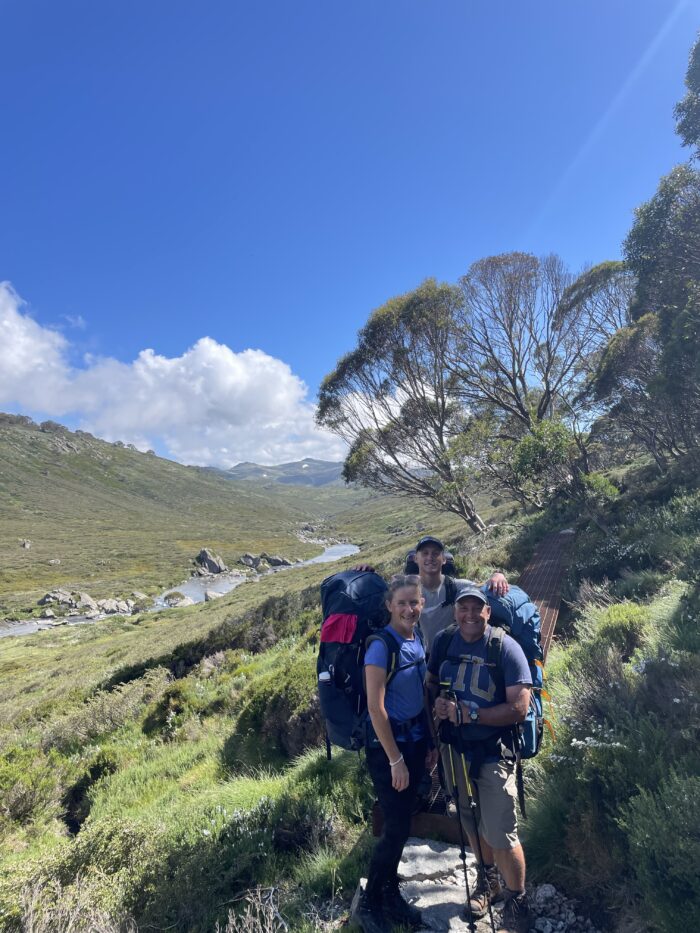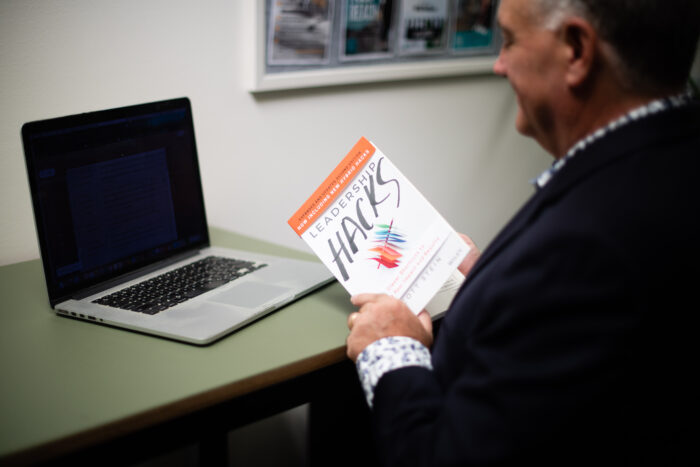One of the biggest workplace challenges is finding time to complete your work and attend meetings. With the increase in digital technology, email and video meetings you’d expect that the number of meetings have decreased. Unfortunately research shows the opposite with a recent Harvard Business Review article showing that many executives are spending 23 hours per week in meetings, with 65% of managers saying that these meetings kept them from completing their work.
Most finance executives know the importance of having a meeting agenda that is created before the meeting to help ensure everyone knows the purpose of the meeting and the relevant meeting logistics such as timing, location and who will be in attendance. One of the biggest challenges when it comes to meetings is identifying the true purpose of the meeting and selecting the correct meeting process to follow to enable you to achieve the outcomes desired.
Selecting the wrong type of meeting will result in a waste of time that will often frustrate most of the attendees. The key is selecting the right type of meeting—especially when it comes to critical financial trends, challenges and decisions. There are four types of meetings, and each of them has a different purpose and process: Reporting/Check-in, Problem-Solving, Decision-Making, and Strategy-Development.
Reporting/Check-in Meeting
Reporting meetings are one of the most common meeting formats. They often start with managers providing an update on their department. They can be useful if the format is tight and those doing the reporting are clear and organised in what they communicate. Mike Azbell, former VP & Financial Controller for the Kimberly-Clark Corporation found taking financial data from over 175 countries with 100 manufacturing locations needed to be done accurately and within tight timeframes. Together with his team, he did not run a typical boring meeting, instead they would have a 15 minute working meeting at the beginning and end of each day.
To keep these meetings on track, ideally they follow a three step process. Step 1: Communicate Results/KPI’s, Step 2: Share immediate plan or activity to be taken and Step 3: Identify any issues or assistance needed (which would occur in a separate problem-solving meeting). To streamline time, they also used visual management systems and dashboards showing current performance and next steps.
Problem-Solving Meeting
Problem-solving meetings are held to bring together a team of people to share ideas for solving a particular problem or challenge. These meetings involve more than just someone asking for assistance with something and are effective as long as everyone stays focused on the problem.
There are many ways to run a problem-solving meeting, but there are five common steps that can hack any problem-solving meeting. Step 1: Identify the problem, Step 2: Identify possible solutions, Step 3: Discuss and rank solutions, Step 4: Agree on a solution and Step 5: Identify who will take what action by when. Although these are often common sense, in many meetings some of these steps are missed, leading to further complications.
Decision-Making Meeting
Decision-making meetings take place after the facts and figures about a particular issue have been circulated and people have had time to understand and identify the decision they are being asked to make. To be successful, it needs to be clear what the topic is that a decision has to be made about and every team member has to communicate whether they agree or disagree with a potential decision.
For senior executives and finance directors, this method is often used when passing corporation bylaws, which require a formal decision-making meeting with minutes recorded for compliance and legal requirements.
Strategy-Development Meeting
These are usually complex types of meetings because they involve the setting of a company or department’s future direction, as well as the strategy or initiatives required to achieve these desired objectives. Because of this complexity, these meetings are usually held over several days and many executives dread attending them. If there is no efficient process in place the meeting can turn into a massive talkfest with those who are the loudest getting their ideas pushed forward.
A great strategy development methodology is Compression Planning®™ which uses visual storyboards and index cards which allows everyone to contribute ideas that are captured on cards. These ideas are pinned to the boards and then voted on by the group. It also uses timed topic exploration using a timer and often a neutral facilitator to keep the group on track. What normally takes 4-5 days of strategic planning can be condensed into 1-2 days using Compression Planning®™. For those that are tech-savvy, the Miro online program can allow people to share ideas on virtual cards and organise them in a similar methodology.
Everyone knows that meetings are important, the challenge is selecting the right type of meeting and the right meeting process to ensure that your finance meeting does not fall into the ‘waste of time’ category. Given the importance that financials have on the success of most businesses, CFO’s will need to lead the charge in running meetings that work.












